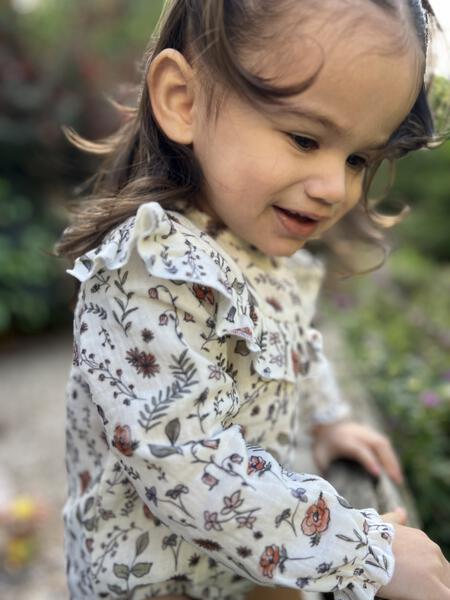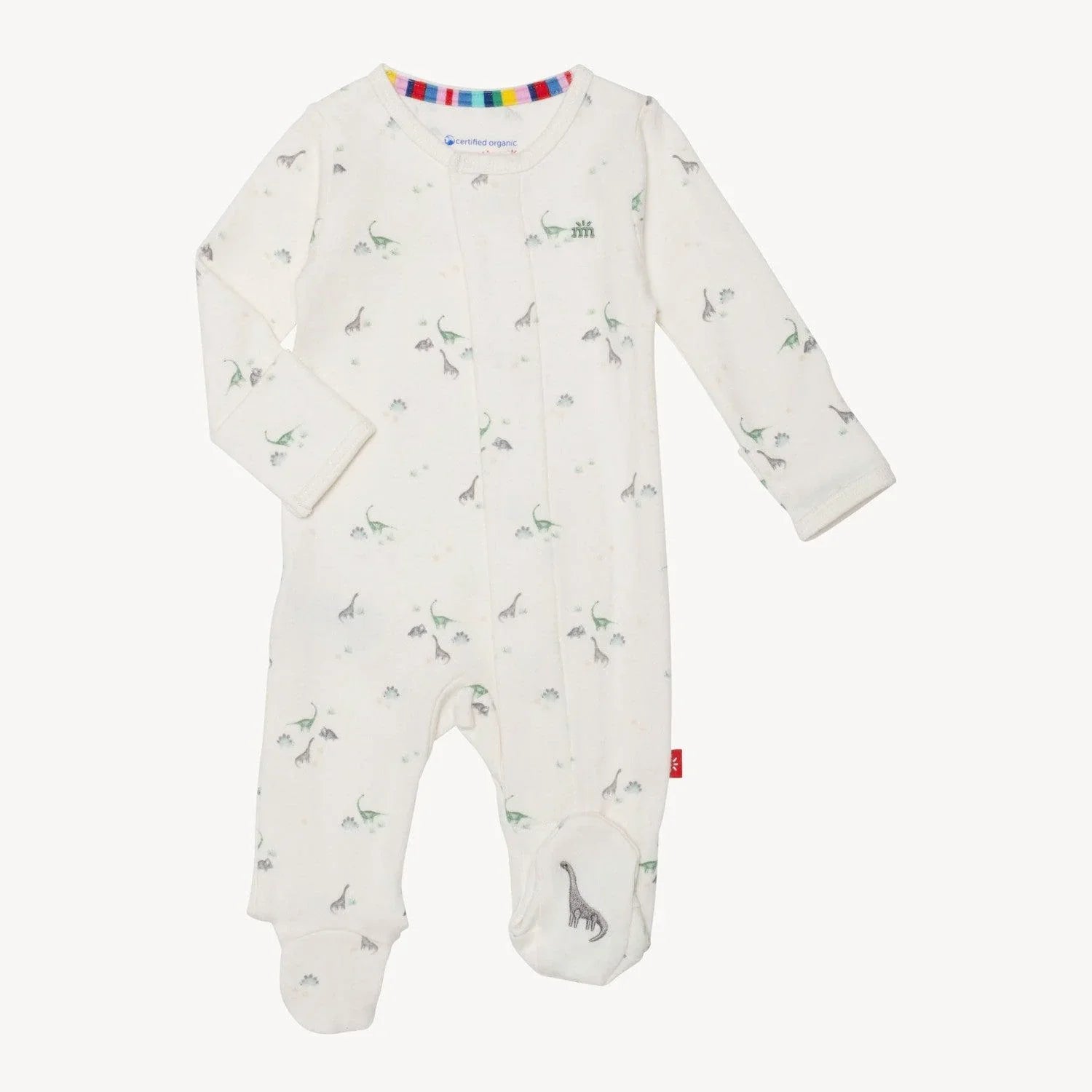When it comes to dressing your baby or toddler, comfort and skin health are paramount. With their delicate skin, little ones are especially vulnerable to irritants that can cause rashes, redness, or discomfort. This is why many parents are turning to hypoallergenic clothing for babies—a simple yet powerful way to ensure your child’s skin stays healthy and irritation-free. But what exactly is hypoallergenic clothing, and why is it so important for your little one? Let’s dive in.
What is Hypoallergenic Clothing?
Definition of Hypoallergenic Clothing
Hypoallergenic clothing is designed specifically to reduce the risk of allergic reactions and skin irritation. Made from non-irritating baby fabrics, these clothes avoid the use of common irritants such as harsh dyes, chemicals, and synthetic fibers that can be rough on sensitive skin.
How Hypoallergenic Fabrics Differ from Regular Clothing
Unlike conventional clothing, hypoallergenic garments are free from pesticides, heavy metals, and harsh dyes. They prioritize natural, breathable materials to minimize sweating and skin reactions, ensuring your baby stays comfortable all day long.
Common Materials Used in Hypoallergenic Baby Clothes
Popular choices include organic cotton baby clothes, bamboo fabrics, and certain wool alternatives. These materials are soft, breathable, and free from toxins, making them ideal for your baby’s delicate skin.
Why Babies and Toddlers Need Hypoallergenic Clothing
Babies’ Sensitive Skin: Understanding the Science
Babies are born with an underdeveloped skin barrier, which makes their skin more prone to irritation and allergens. Hypoallergenic clothing helps shield their skin from external irritants, providing an extra layer of protection.
How Conventional Fabrics Can Irritate Young Skin
Regular fabrics, especially those made from synthetic fibers, often contain chemicals and finishes that can trigger redness, itching, or rashes. Tight weaves or rough textures may further aggravate sensitive skin.
Benefits of Hypoallergenic Fabrics for Eczema-Prone Children
For children with eczema or other skin conditions, hypoallergenic fabrics can significantly reduce flare-ups. Organic materials like cotton and bamboo offer moisture-wicking properties, keeping your child’s skin dry and irritation-free.
Best Materials for Hypoallergenic Baby and Toddler Clothing
Organic Cotton: The Gold Standard
Organic cotton is celebrated for its softness and durability. Unlike regular cotton, it’s grown without pesticides or harmful chemicals, making it a safe choice for sensitive skin.
Bamboo Fabrics: Naturally Soft and Breathable
Bamboo fabric is naturally hypoallergenic, antibacterial, and moisture-wicking. Its lightweight nature makes it perfect for both summer wear and layering in cooler seasons.
Wool Alternatives for Colder Climates
For chilly weather, wool alternatives like merino wool or plant-based blends provide warmth without the itchiness that traditional wool can cause.
Choosing the Right Hypoallergenic Clothing
Labels to Look for When Shopping
When purchasing baby clothes, look for certifications such as GOTS (Global Organic Textile Standard) or OEKO-TEX. These labels ensure that the clothing meets strict safety and environmental standards.
Avoiding Harmful Chemicals and Dyes
Choose garments labeled “dye-free” or made with natural, plant-based dyes. Avoid bright, synthetic colors as they often contain irritants that may harm your baby’s skin.
Eco-Friendly and Sustainable Options
Eco-friendly brands often produce hypoallergenic clothing using sustainable practices. Not only do these products protect your child’s skin, but they also support a healthier planet for future generations.
Frequently Asked Questions About Hypoallergenic Clothing
Does Hypoallergenic Mean Organic?
Not always. While most organic baby clothes are hypoallergenic, the term “hypoallergenic” focuses specifically on minimizing allergens, whereas “organic” refers to the farming and production process.
How to Wash Hypoallergenic Clothes Properly
Use fragrance-free detergents and avoid fabric softeners, as they often contain harsh chemicals. Wash hypoallergenic garments in cold or warm water to preserve their natural properties.
Can Hypoallergenic Fabrics Prevent Rashes and Flare-Ups?
Yes, to a great extent. While they can’t eliminate all potential skin issues, skin-friendly baby wear minimizes the risk of irritation, keeping your baby’s skin smooth and healthy.




Leave a comment
This site is protected by hCaptcha and the hCaptcha Privacy Policy and Terms of Service apply.